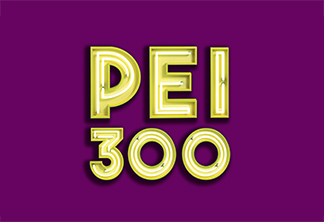To view this content, you need to sign in.
You should only be asked to sign in once. Not the case? Click here
Register now to access this content and more for free.

This year’s PEI 300 ranking is record-breaking and sees Carlyle snatch back the crown. Is private equity in a second golden age?
You should only be asked to sign in once. Not the case? Click here
Register now to access this content and more for free.


Copyright PEI Media
Not for publication, email or dissemination